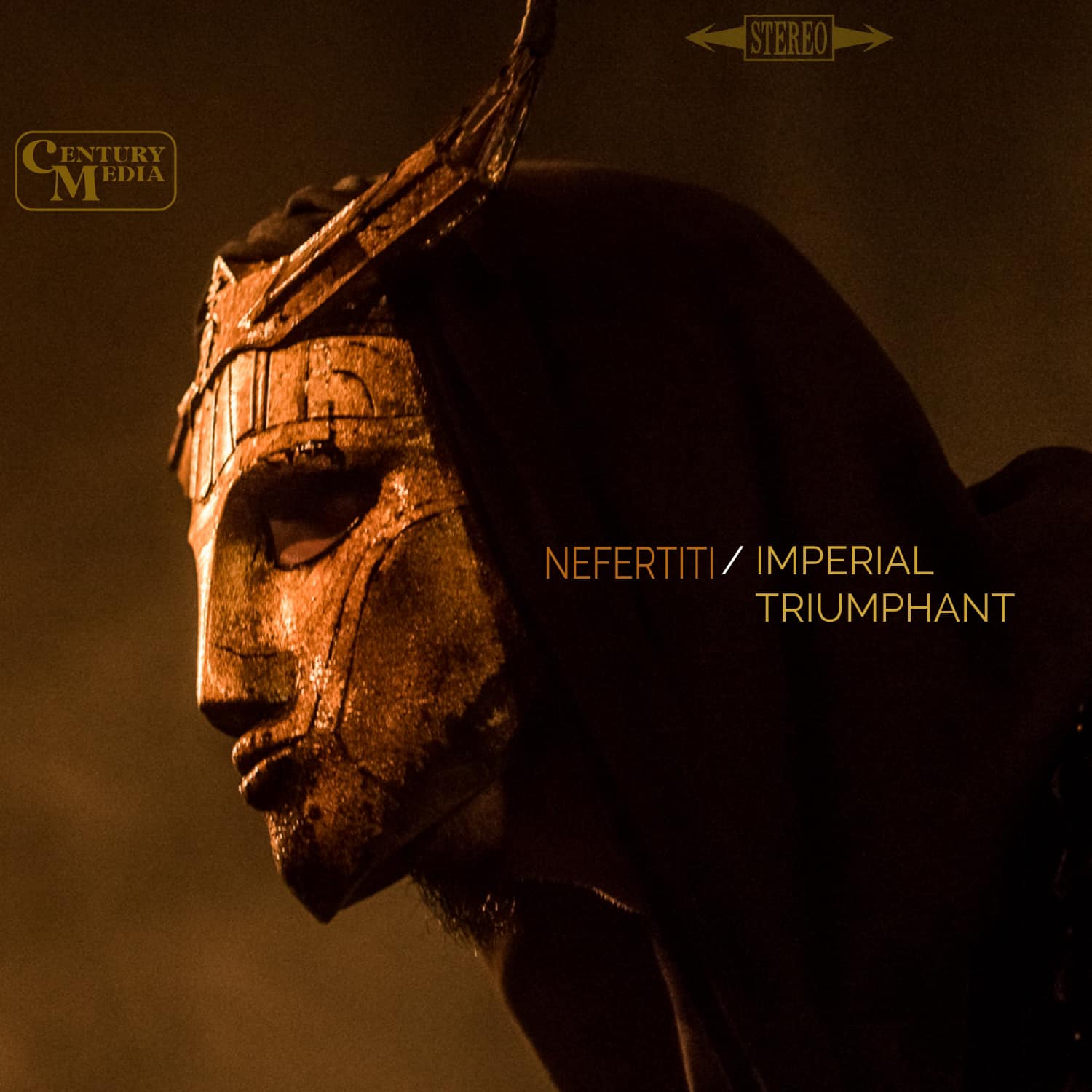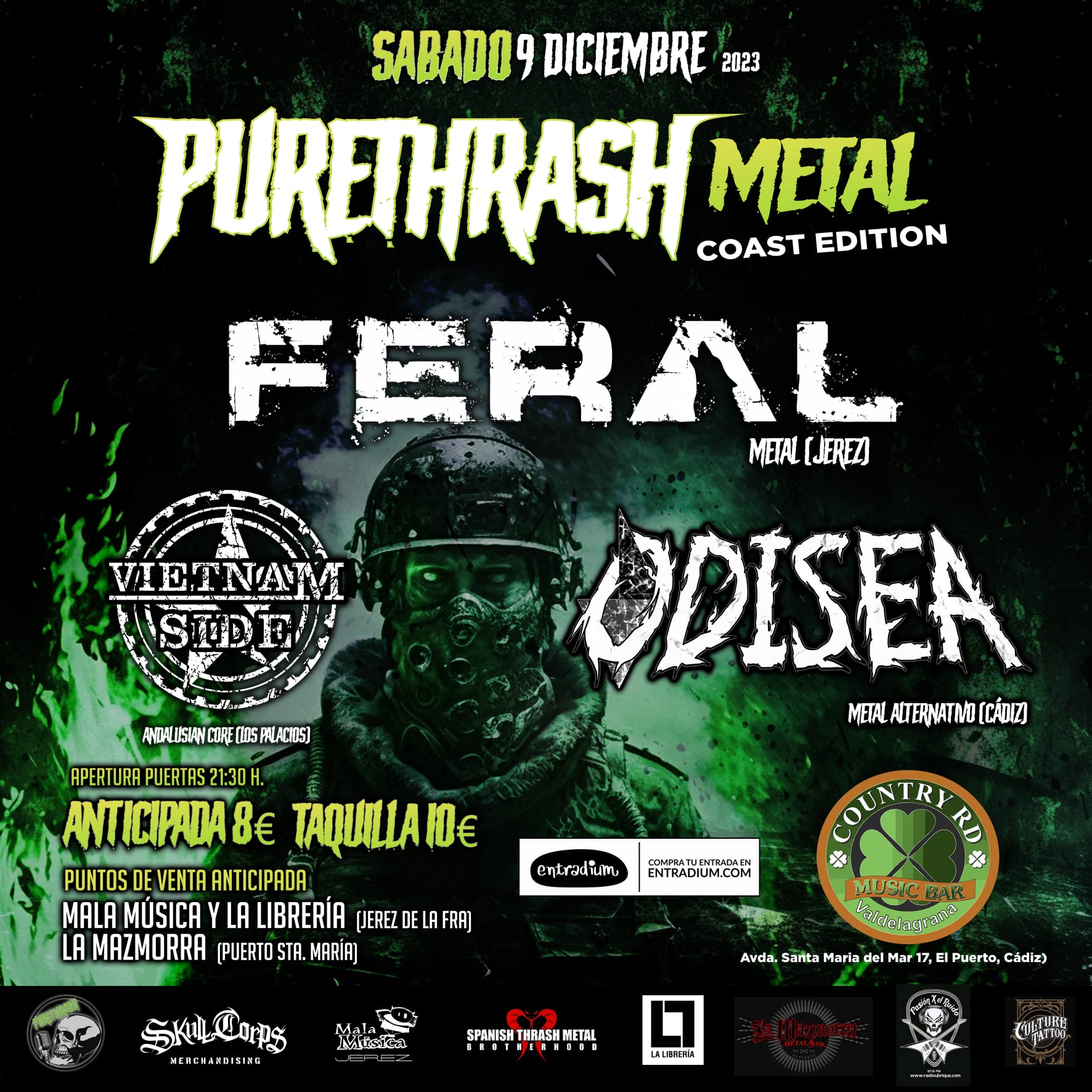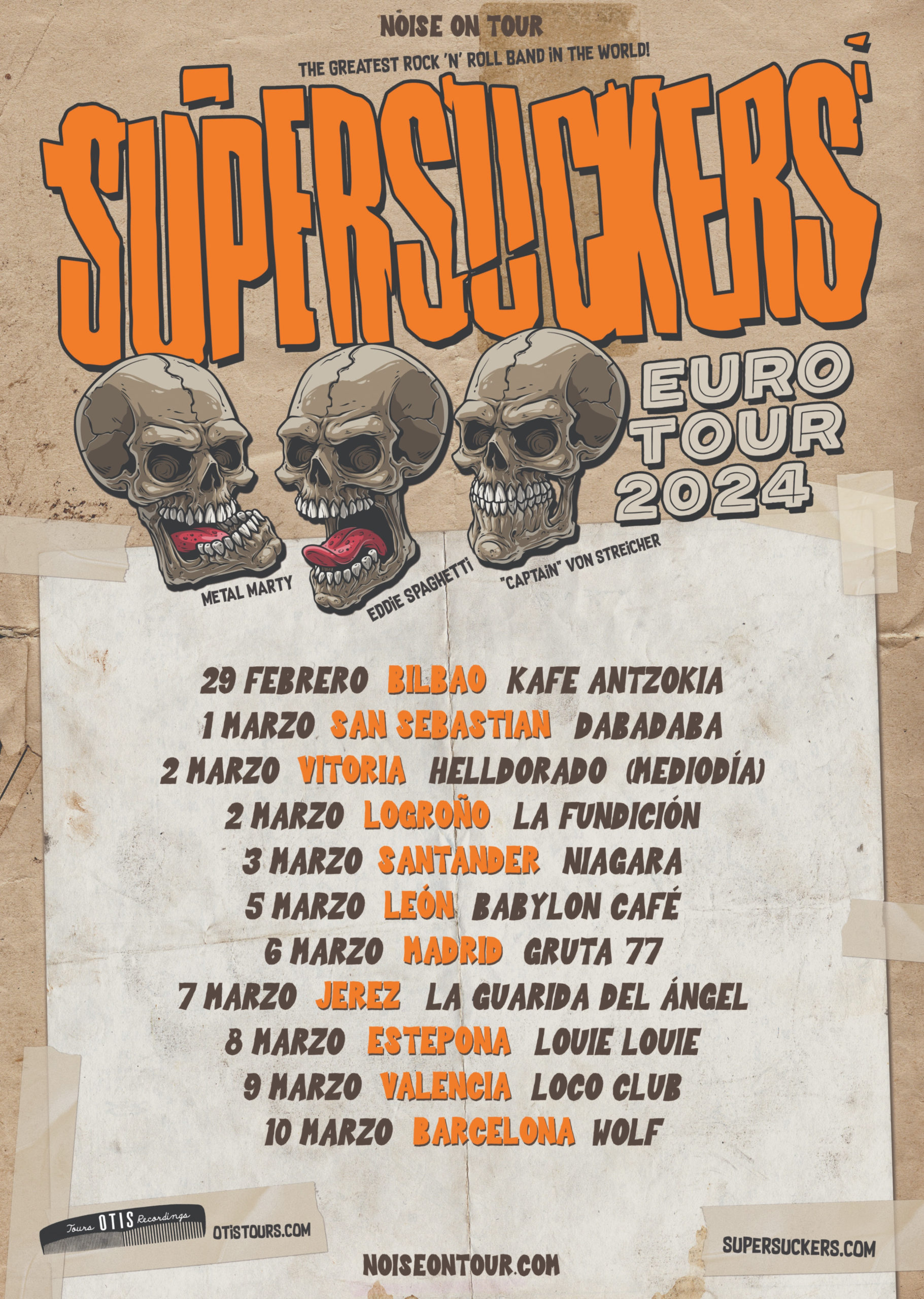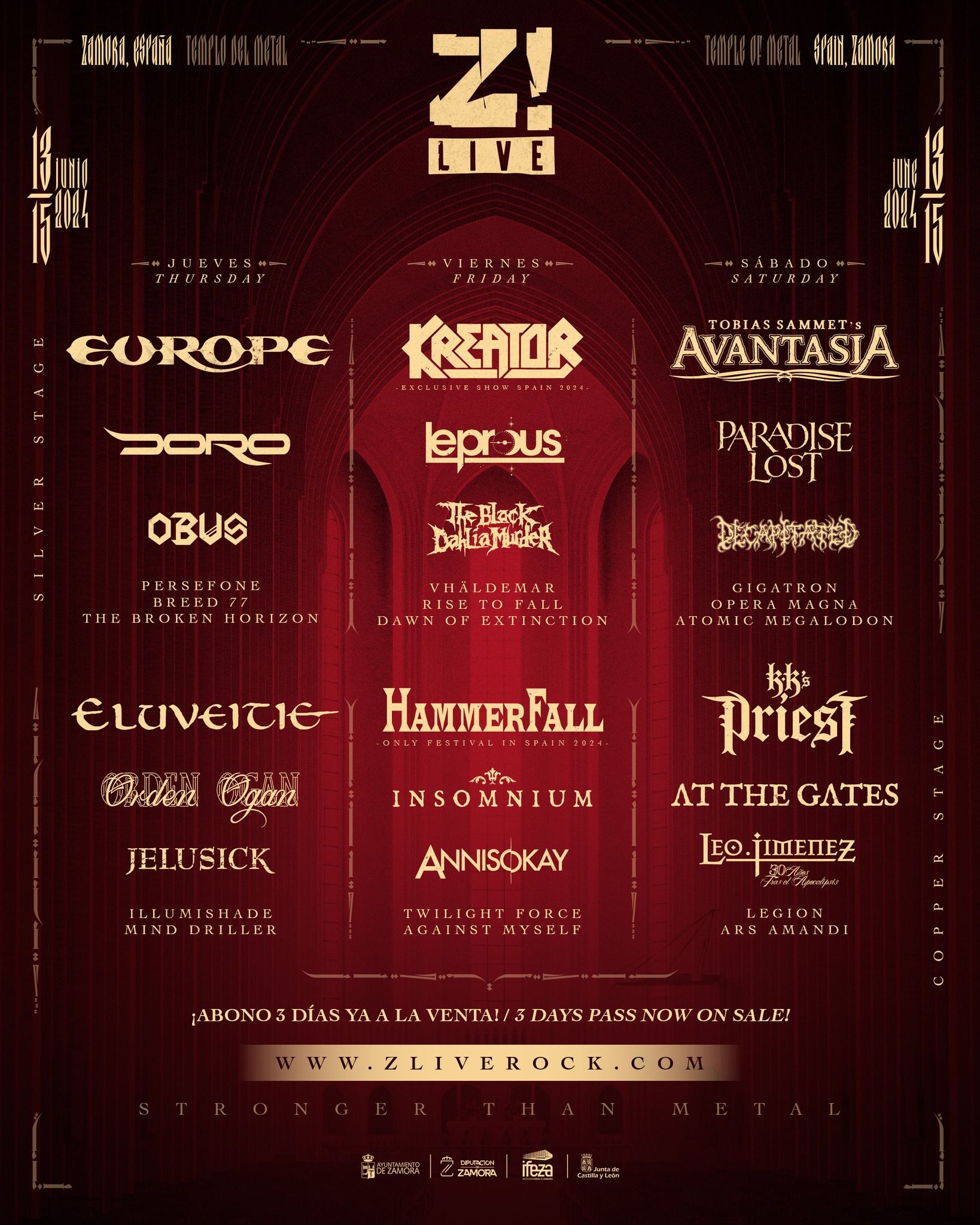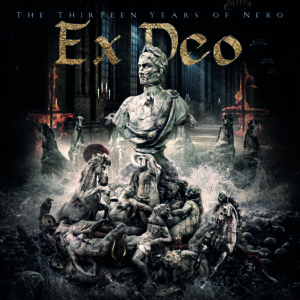
[English below]
Si hay un grupo de death metal melódico que ha destacado por todo lo que le engloba (tanto música como puesta en escena), es Ex Deo, que vuelven a la carga cuatro años después con su nuevo disco, The Thirteen Years of Nero, de la mano de Napalm Records. En esta ocasión, Maurizio Iacono (cantante de Kataklysm) vuelve a la carga con su otro proyecto acompañado por Jean-François Dagenais (Kataklysm, Misery Index, Despised Icon) unen fuerzas con Jeramie Kling (Venom Inc.) y Clemens Wijers (Carach Angren, Lindemann) para presentar este nuevo trabajo.
El corte histórico comienza con el discurso con el que comienza The Fall of Claudius para dar paso a esa dosis de metal duro y pesado que tanto caracteriza a la formación. La unión entre las armonías y los sonidos contundentes es simplemente espectacular. No hay mucho tiempo para coger un respiro, ya que con Imperator las líneas son prácticamente similares.
El hecho de introducir coros, como ocurre en The Head of the Snake, le da ese toque más épico, esa sensación de llevarnos a esa época del antiguo Imperio Romano. Pero no solamente cuentan con coros si hablamos de introducir otros elementos vocales, ya que en Boudicca (Queen of the Iceni) destaca la colaboración de Brittney Slayes, cantante de Unleash the Archers. La combinación entre los registros de Maurizio y Brittney puede volar la cabeza de quien escuche semejante cañonazo por la potencia de voces junto a ese ritmo atronador. Antes de llegar al corte, Brittania: The 9th at Camulodonum cuenta lo que fueron las últimas horas de la conocida Novena Legión asentada en Britania que tuvo que lidiar con los sajones.
Trial of the Gods (Intermezzo) nos da ese pequeño momento de respiro tras semejante descarga de energía en la que se escuchan instrumentos más clásicos, como pueden ser el arpa o la lira. El efecto de darle el toque clásico es perfecto, además de servir para introducir lo que viene en esta segunda parte del disco.
Esta segunda parte comienza con The Fiddle & The Fire, una combinación con esa lira y arpa con los sonidos más duros que provoca una simbiosis de sonidos que resulta realmente atractiva, mientras se habla de cómo el cristianismo fue uno de los principales motivos de la caída del Imperio. Pero no hay mucho momento para la tregua, ya que el sonido de Son of the Deified cae como una espada con toda su potencia al atacar. Resulta muy interesante la temática de esta canción por la denuncia que hay en esta al hablar de la actitud de los senadores de la época.
Para cerrar el álbum, What Artist Dies in Me… tiene uno de los mejores sonidos de guitarra en todo el disco en lo relacionado con ritmos y solos para acentuar la traición de un pretoriano. Otro de los puntos a destacar en esta canción es, llegando al final, el ritmo aplastante de la batería con los coros. El broche final llega con The Revolt of Galba. Desde luego no puede tener un mejor cierre, ya que volvemos a poder escuchar la combinación de instrumentos más líricos como los mencionados antes, los coros y la brutalidad del grupo para, precisamente, hablar de la caída de Nerón por su corrupción.
Hay muchos grupos que se basan en la historia para crear su música, pero Ex Deo saben como hacerlo sin llegar a resultar tan repetitivos, siendo este disco una demostración de ello. Saben muy bien como continuar con la temática, que sirve también para aprender sobre determinados eventos no tan conocidos o de los que no se tiene tanta información. Musicalmente hablando, es un disco redondo por saber unir tanto ritmos más acelerados como un poco más lentos pero realmente aplastantes junto la introducción de instrumentos o voces más melódicas para acentuar esos puntos.
English:
If there is a melodic death metal band that has stood out for everything that encompasses it (both music and staging), it is Ex Deo, which returns to the charge four years later with their new album, The Thisteen Years of Nero, with Napalm Records. On this occasion, Maurizio Iacono (singer of Kataklysm) returns to the charge with his other project accompanied by Jean-François Dagenais (Kataklysm, Misery Index, Despised Icon) join forces with Jeramie Kling (Venom Inc.) and Clemens Wijers (Carach Angren, Lindemann) to present this new work.
The historical cut begins with the speech with which The Fall of Claudius begins to give way to that dose of hard and heavy metal that so characterizes the formation. The union between harmonies and loud sounds is simply spectacular. There is not much time to catch a breath, as with Imperator the lines are practically similar.
The fact of introducing choirs, as it happens in The Head of the Snake, gives it that more epic touch, that feeling of taking us to that time of the old Roman Empire. But they do not only have choirs if we talk about introducing other vocal elements, since in Boudicca (Queen of the Iceni) stands out the collaboration of Brittney Slayes, singer of Unleash the Archers. The combination between the records of Maurizio and Brittney can blow the head of anyone who hears such a cannon shot by the power of voices next to that thunderous rhythm. Before arriving at the interim, Brittania: The 9th at Camulodonum tells what were the last hours of the well-known Ninth Legion settled in Britain that had to deal with the Saxons.
Trial of the Gods (Intermezzo) gives us that little moment of respite after such a discharge of energy in which we hear more classical instruments, such as the harp or the lyre. The effect of giving it the classic touch is perfect, besides serving to introduce what comes in this second part of the album.
This second part begins with The Fiddle & The Fire, a combination with that lyre and harp with the harshest sounds that causes a symbiosis of sounds that is really attractive, while discussing how Christianity was one of the main reasons for the fall of the Empire. But there is not much time for truce, as the sound of Son of the Deified falls like a sword with all its power when attacking. It is very interesting the theme of this song by the denunciation that there is in this one when talking about the attitude of the senators of the time.
To close the album, What Artist Dies in Me… has one of the best guitar sounds on the entire album in terms of rhythms and solos to accentuate the betrayal of a praetorian. Another of the highlights in this song is, coming to the end, the overwhelming rhythm of the drums with the choirs. The finale comes with The Revolt of Galba. Of course it cannot have a better closure, since we can again hear the combination of more lyrical instruments such as those mentioned above, the choirs and the brutality of the group to, precisely, speak of the fall of Nero for his corruption.
There are many bands that rely on history to create their music, but Ex Deo know how to do it without becoming so repetitive, being this album a demonstration of it. They know very well how to continue with the theme, which also serves to learn about certain events not so well known or from which you do not have so much information. Musically speaking, it is a round album for knowing how to unite both faster and a little slower rhythms but really overwhelming along with the introduction of instruments or more melodic voices to accentuate those points.


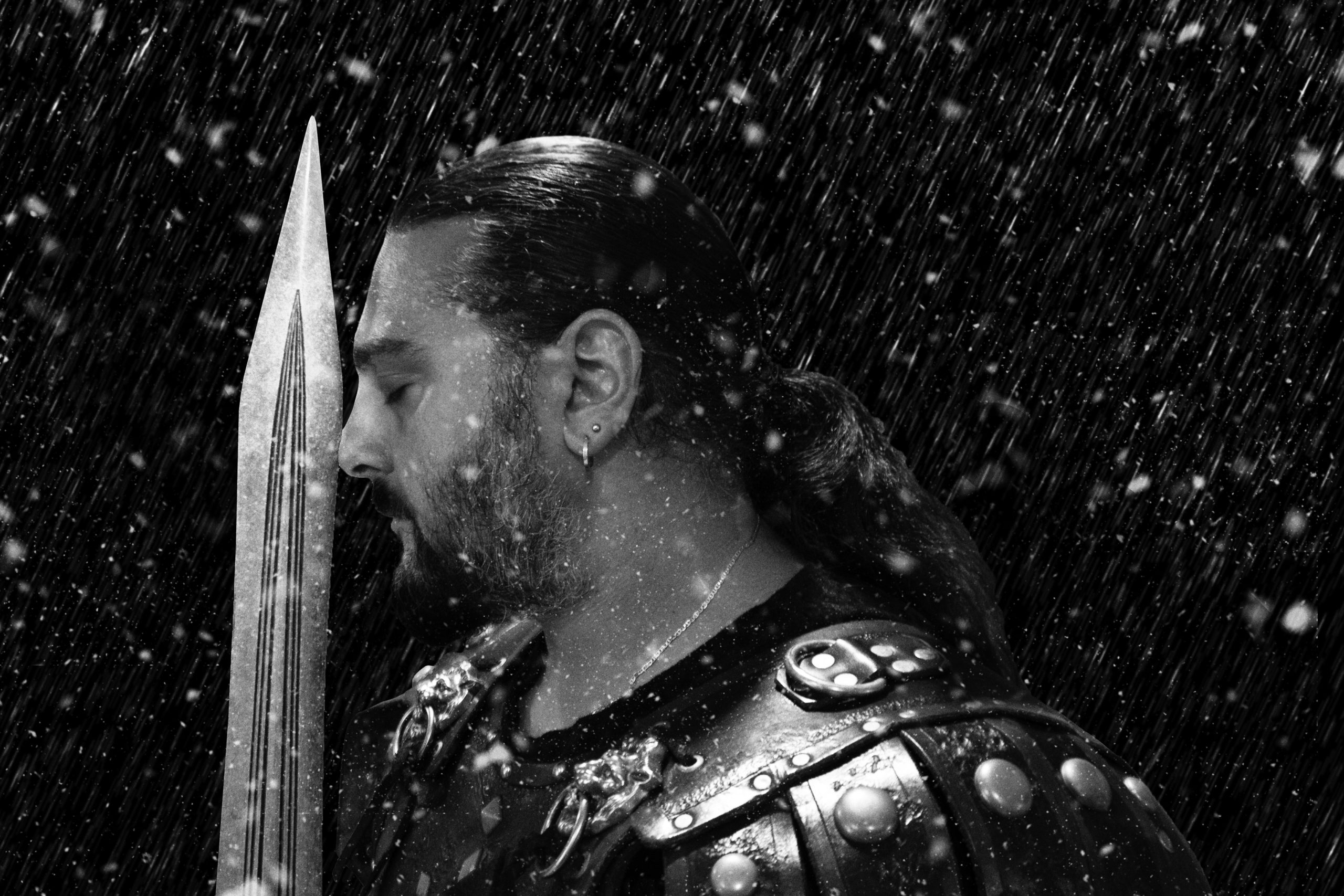


![[Reseña] SERENITY VUELVE A SUS FUEROS EN ESTE “NEMESIS A.D”](https://www.algoderock.com/wp-content/uploads/2023/11/386640845_898416944979543_6251700821426142423_n-190x122.jpg)
![[Reseña] Ankhara «De Aquí A La Eternidad» – Power Metal, headbanging y ríos de lava](https://www.algoderock.com/wp-content/uploads/2023/10/342221481_636594758310476_4227657371916687351_n-190x122.jpg)
![[Reseña] Just Friends «Gusher» – Sucio Funk, humedad y el café de por la mañana](https://www.algoderock.com/wp-content/uploads/2023/11/353064113_677782640828474_3030648305378393086_n-190x122.jpg)









